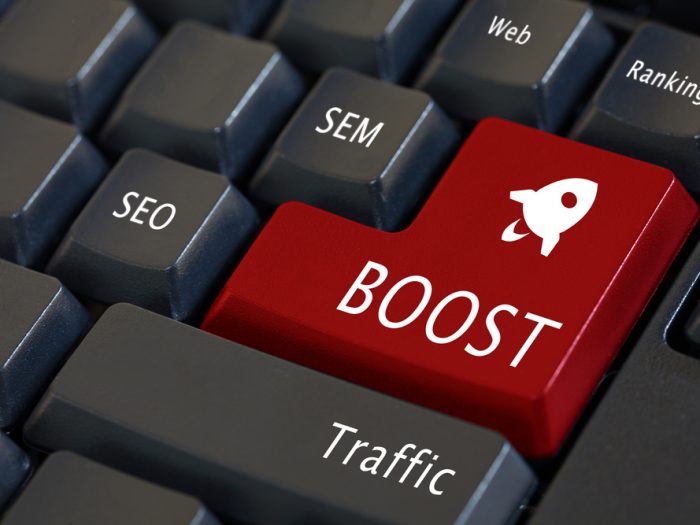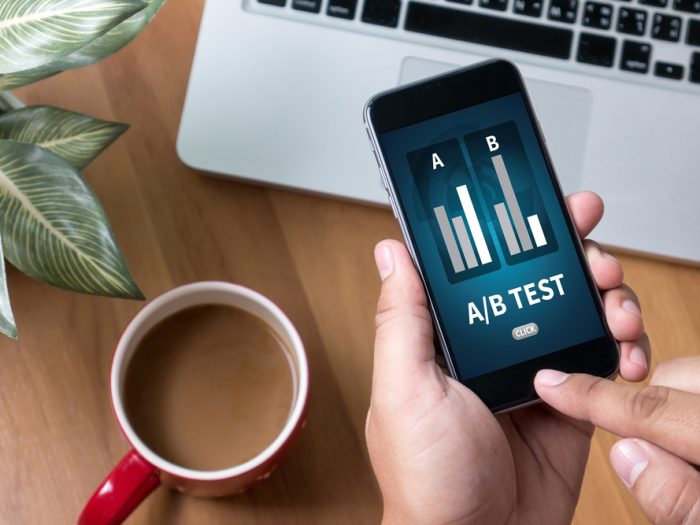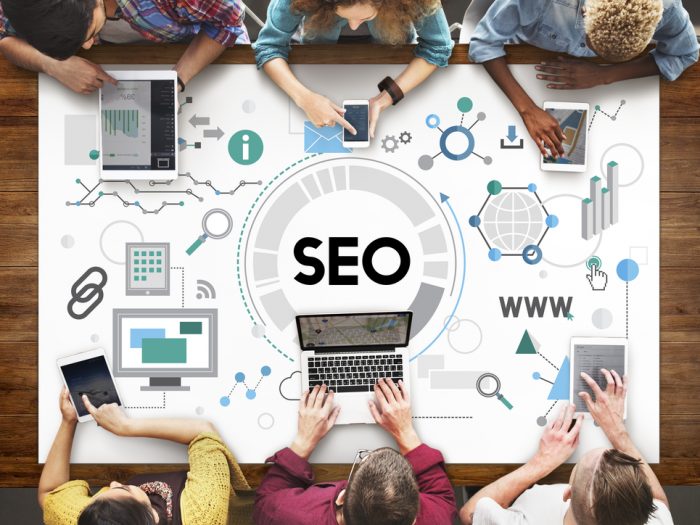When this is at its best, search engine optimization is more than just going through a few technical details, as you simply put a word on your website and hope someone types it as a search value. If you’ve been waiting to tap the real-deal SEO trees, you have to master this advanced concept, which involves understanding the computer science behind advanced search.
If you want to know the actual intent behind a search query, you are not asking only what people are searching. Rather, you’re also figuring out why they are performing the search at that time. What do they expect to find? What are they hoping to accomplish? For example, your website visitors will be able to get back information about what exactly they came into your market because of. Both the initial informational needs and repeat visits can all be tracked by ensuring that people can’t just leave fields blank every time they visit your website. See how many times they’ve visited, wherein pages they contacted etc. But, before all this it’s important to be able to understand the user intent behind the query so that this data could be gathered effectively. It can provide important information regarding what products or services people find most appealing, helping build an effective market strategy for your existing site or product line.
Maybe a person searching for terms relevant to your business, is in fact searching to make a purchase right then and there. Or, in any event, they may in no way want to wait and would in particular like to learn how to fix something. In this article, you will learn how to obtaining a grasp of intrinsic motivation so you can tailor your content comes about to convince people conforming with any or each of these user profiles.
User Intent Explained
Good segmentation of the website’s visitors is done by distinguishing between different visitors to your site. According to Walter Breen, user intent, user psychology explains it. Walter Breen explains that implicit communication is the core purpose of forming the interface.
There was a matter of whether it was used or not in SEO until all search engines began to utilize behavior-oriented algorithms to regulate their considerations of linguistic patterns. This means purely targeting implementation keywords has less value, or do not at all. This is because they can target automations around user intent.
When you key in your search query, don’t forget that the algorithms that power the search engine will often consider various aspects. Whether it’s to determine intent, address information near me, or even general information. Usally to understand context, also your ‘Awareness’, by using the words ‘Buy’ or ‘price’ can speed things up. Phrasing your question to the engine states this sense of ‘context’. Also by using common words like to search for certain types of physical business, like brick and mortar (atmosphere) enviroment. This will also help improve accuracy itself which could help its entire system better cater for these outlying search queries that it would normally miss.
Emphasizing on the User Intent’s of Google Search Engine, the keyword placement of the value on page ones is like burying the text on some pages. You’ve got to use some senses to prioritize some important content or some keyword placement on some pages.
For an effective SEO-friendly landing page or store listing for your product, the content should be able to rank high for a searcher who has the intent to buy.
Rather than doing an SEO spiel on landing page, you should work more on the website content. By fine-tuning what you know about users’ intent, you can really fine-tune your overall SEO Agency. Rather than pushing one big page that serves just one purpose, you will be offering up a collection of pages with very specific SEO objectives. The more granular and more strategic your search result targeting becomes, the better.
The 4 Types Of User Intent
It is not only those who use your service who decide your service quality and SEO keywords, so it’s even harder than you think to determine and piece together the intention of queries and map it all down.
If you consider major motives for users to visit a page, there are only at most 4 categories you can cater a strategy for, as a lot of users’ needs is covered up by the general purpose categories.
Search engine marketing best practices are for each search intent type, to help deliver your intended content marketing to your intended audience. Of course, getting to the point where you can execute these practices requires insights into what searcher means to you.
1. Informational Intent
Both the informational user intent and informational user intent is also not always about making a purchase decision very soon after browsing externally. Instead, informational users search for information or they hope to solve their questions upon browsing externally.
A query where you want to “submit information” can often be opened by “how” or “what is.” This kind of question is mostly rather frequent, because not everything that gets any sort of kind of curiosity, also expresses exactly what you are truly interested about.
When a company does not have a commercial motive, it might neglect to provide solutions to customers’ queries. In this case, customers can assume that the firm is not at all viable as a source for questions related to the customer’s industry. Therefore, being branded as a “non-commercial” brand can be a disadvantage for a company.
2. Navigational Intent
Sometimes it can be the case that when people type in a search term, they are either specifically looking for something or learning more about an idea or product.
These searches are functions of how the Web today works. Because today’s search algorithms have become good at serving users the content they want at that minute, such as it would be easier and quicker to type in “Able Media blog” than it would be to navigate to the blog website and get there through its homepage.
The theory behind navigational user intent is refreshingly simple – people want to find you, and you want easy access to help them do that. User intent navigation SEO means mapping out your resources so users don’t become frustrated while looking for a particular page.
3. Transactional Intent
The use case the above relates to the type of decisions a user can make based on transactional data. In other words, one could identify as a liberal, as a conservative, as a Republican, as a Democrat, or as unaffiliated altogether – all according to what way they have interacted with the website through their device.
If you are searching for a company or a type of company, the searcher is showing transactional intent and an interest in interacting. Soon she may not be searching for “buy” just yet, but it’s getting close to that point.
When your customers make contact with you, whether directly or semi-directly, by following them using the extra services of your transactional search engine, their singular goal is to make contact with or get in touch with your company. All of your company’s communication needs to be delivered in an effective and reliable manner.
In terms of transactional search intent, someone in the bottom of the purchase funnel often shares keywords about the product itself, but also the brand by which it is sold. This can help you know if someone in the purchasing mindset is interested in a particular brand.
4. Commercial Intent
Some search consultants don’t differentiate between transactional and commercial intent Web searchers. Their views are obviously not correct, because the intent of the website visitors is somehow different.
Understanding commercial intent is not only about meeting the requirements for product ordering, but also about determining how many people can find your e-commerce pages on Search Engine Optimization.
Reputation management, essentially, supports commercial intent SEO. After all, not only advertisers but users also enter the market cautiously. Once users find all their web-based information needs, they may think of your brand first when it’s time to close in on a purchase. Once time to make their purchase comes, commercial intent SEO will take over.
Determining User Intent
Engagement and conversions can even be improved when user intent has been defined and the content is strategically created and purposely targeted.
We can map the 4 types of user intent onto the different types of content in almost almost any website. This includes, your informative blog articles, instructional pages, navigation pages and purchase pages.
There are two primary categories for optimizing for your content: optimize your search engine organically and test your pages in the various suggestions plugins. In this way, you will keep improving your search engine positioning.
By finding web content that speaks to specific stages of their purchase cycle and assessing how well they reach those goals, you can tell whether your websites and marketing efforts are successful and saving you time and money.
Developing Content For User Intent
For SEO content management, customer journey mapping is also referred to as the contents phase of customer page view. When you ensure you have content for each type of searcher intent, your business growth is guaranteed.
The 4 types of user intent can be viewed as stages in a sales funnel program. The stages are below:
Informative
You should be setting your research skills through answering the informational questions people make.
You are very welcome to have promotional or salesy content on your informational pages. However, you may take the form of common questions, looking for answers to those queries. Just make sure that your titles are descriptive of the information you want subscribers to find.
Positioning
Search engines are more focused on brand, so after brand became successful, people realized they were hungry for more of it.
Since the use of the navigationary keywords’ hope to raise the detection chances of your content—always giving your visitors an impressive inside tip regarding your brand, there will be no competitors for this. We only need to set up our own website with that it contains plenty of information about you and your company, then, we will be able trade our competitors for the best-positioned keywords.
Engagement
Regardless of whether you are seeking “material” or “real” relationships, the approach to engagement should be the same. If you are offering material relationships, ready engage;
In optimization, you should focus your pages on highly relevant keywords that people will type into their browsers when they’re relatively sure what they want to buy. Once they have arrived, offer them a specific action – a highly visible button or a form submission.
Template
For commercial searches, your e-commerce site and product landing pages will enter the picture, leading to last steps of the funnel before purchase or request to speak with sales rep.
Rather than having “showcase” internet of things blog post of content, this template dictates that it’s better for the purpose and purpose of the search engines and search. Google and other search engines can easily know what’s within the intent of what customers are potentially looking for because of the term title – so you should not be trying to disguise it by putting words like “how to” or “how it works”. And since the pages are meant to be commercial, these pages match up because you then talk directly about your products or service, not what it can do or give your customers.
Optimisation
The way to optimizing content you develop to the degree that intend the related related businesses is based on the optimization of content to implicit intent searched by users. With this way, it will be possible to let more potential customers seize their services.
Website sections are meant to be used in accordance with their purpose. Your multifaceted content strategy should reflect this. “Get in touch with Able Media to learn more today!”




